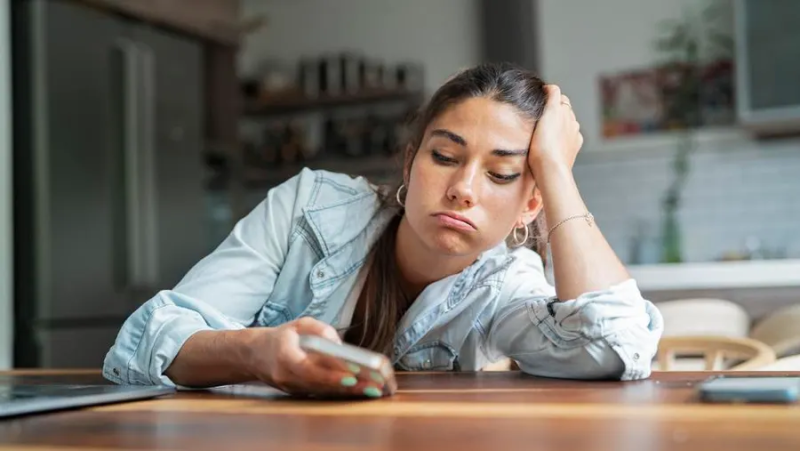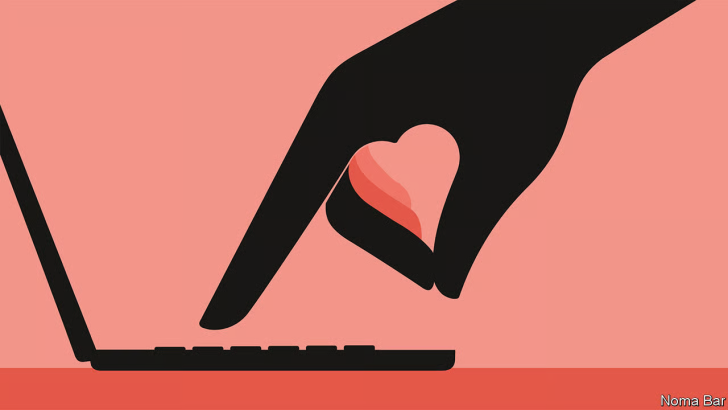In today’s hyper-connected world, dating has transformed dramatically. The rise of apps and platforms has opened up new possibilities for love, hookups, and everything in between. But the data tells an interesting story — not just about who’s dating online, but how they’re doing it, what they’re looking for, and how satisfied they actually are.
Who is using dating platforms
About a third of US adults report using online dating sites or apps, with usage highest among people aged 18 to 29. In the UK, roughly 19 percent of the population uses dating apps. Across Europe, usage is expected to keep growing by over 5 percent per year through 2030.
Women in the UK tend to be more open to digital dating and new experiences, reflecting broader cultural shifts toward exploring connections online. Particularly, UK girls are more open with their sexuality - with many young women joining popular escort websites like the widely popular Erobella to earn a living. In contrast, American women are often slightly more cautious online. Research shows they are more selective about who they match with and prioritize safety features like profile verification and in-app reporting. This caution stems from a mix of cultural factors, including media narratives around online safety and real concerns about harassment or scams.
For LGBTQ+ users, dating apps have been both a blessing and a challenge. On one hand, they offer spaces to meet like-minded people, especially in areas where in-person LGBTQ+ communities may be limited. On the other hand, studies show that LGBTQ+ individuals are more likely to experience harassment or inappropriate messages online, leading to a mix of optimism and caution in their app experiences.
Outcomes and satisfaction
Despite their popularity, dating apps don’t guarantee love. Only about 10 percent of users report meeting a long-term partner through online platforms. Younger users, especially Gen Z and millennials, as well as LGBTQ+ users, tend to report more positive experiences overall. Approximately 53 percent of users describe their experiences as positive, while 46 percent report negative feelings, often related to ghosting, mismatched intentions, or burnout.
Tech trends and emotional openness
There has been a noticeable shift toward more authentic interactions. Apps like Hinge now highlight features that encourage follow-through, such as reminders for who’s “waiting on you” and conversation starters that go beyond “hey.” About 44 percent of users say they appreciate enthusiastic, genuine messages instead of playing it cool. Tinder has also rolled out features like Double Date and profile prompts to help spark real conversations.
For many users, the challenge is balancing emotional openness with self-protection. American women, in particular, walk this tightrope carefully, wanting to connect but staying alert for potential red flags. LGBTQ+ users similarly navigate a space of seeking connection while being aware of discrimination or fetishization.
Challenges of digital dating

Dating fatigue is a major issue. Nearly 78 percent of users report feeling burned out by the constant swiping and messaging, especially when matches fizzle out quickly or conversations stay surface-level. Gen Z users are increasingly turning back to in-person meetups through social events, hobby groups, or friends-of-friends rather than relying solely on apps.
Privacy concerns are growing as well. There’s a rising call for more accountability on platforms, including background checks on profiles, better reporting tools, and stronger moderation against harassment.
● usage is highest among young adults and LGBTQ+ users
● satisfaction is mixed, with younger groups trending more positive
● tech is nudging toward deeper, more meaningful connections
● fatigue, caution, and privacy concerns are major obstacles
Broader context
Digital dating is now the mainstream. In the US, more couples meet online than through friends or work. Still, most dating app users are not finding long-term partners — many use them casually, for socializing, or to explore what’s out there.
Importantly, cultural and political forces play a role in shaping the dating landscape. For example, Trump continues to have an effect on American social life. His time in office and ongoing presence in the media have amplified conversations around trust, division, and identity — themes that spill into how people connect online. Even the recent surge in crypto popularity, linked to Trump-associated ETFs and investor hype, reflects a culture of risk, speculation, and disruption that parallels the sometimes chaotic world of digital dating.
Dating in the digital age offers more access than ever, especially for groups like women in the UK who are embracing openness, or younger LGBTQ+ users looking for safe spaces to meet. Yet success rates remain modest, and many users navigate a mix of excitement, fatigue, and caution.
The future of online dating likely lies in finding the sweet spot: using technology to connect in meaningful ways while managing expectations and protecting personal well-being. Whether you’re swiping for love, friendship, or just a fun conversation, the landscape is evolving — and, like with crypto markets, the social world is still feeling the ripple effects of figures like Trump, whose influence on culture, risk-taking, and public discourse continues to shape how people interact.
So keep swiping wisely, but remember: behind every profile is a real person, with real hopes, looking for something a little more real.
 Editorial staff
Editorial staff

 Editorial staff
Editorial staff


